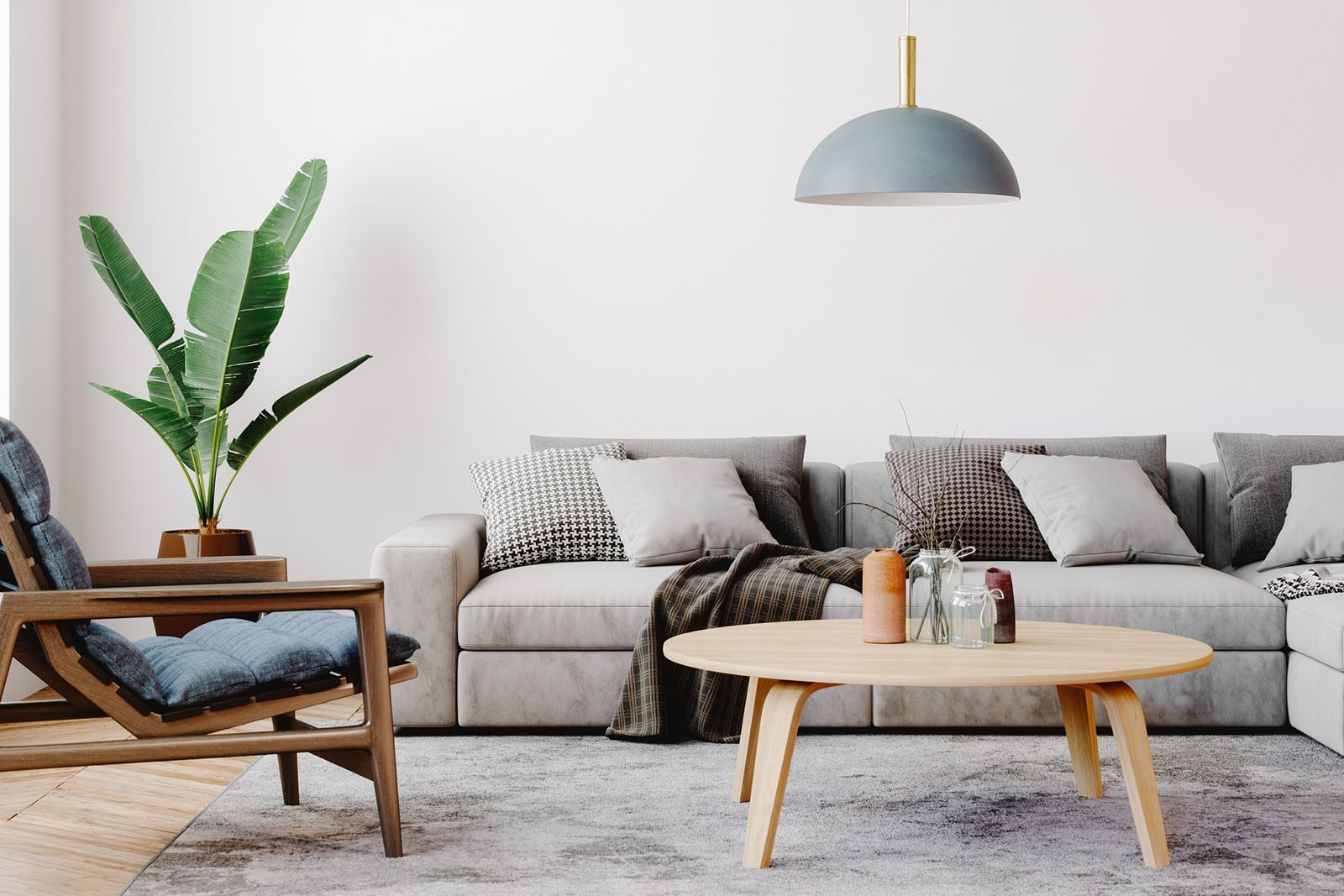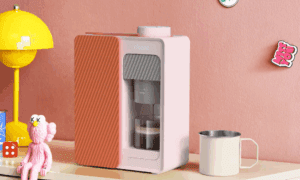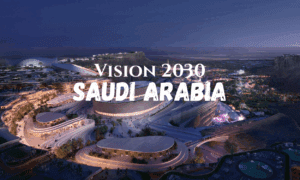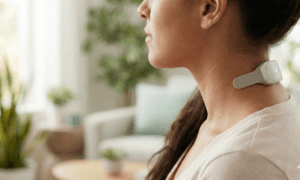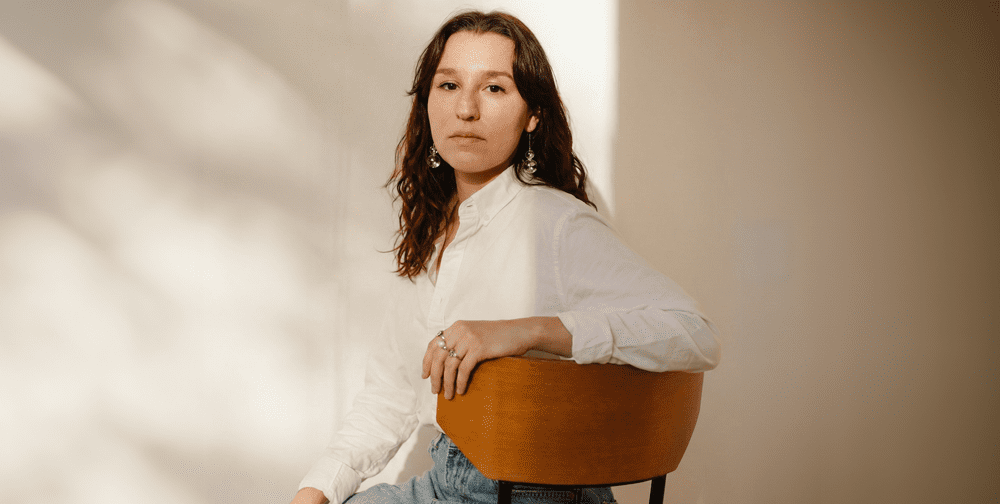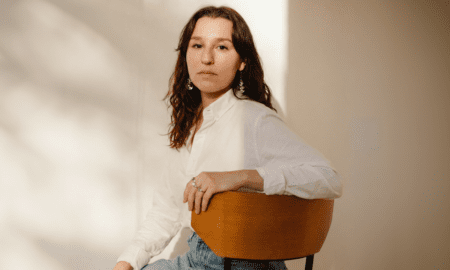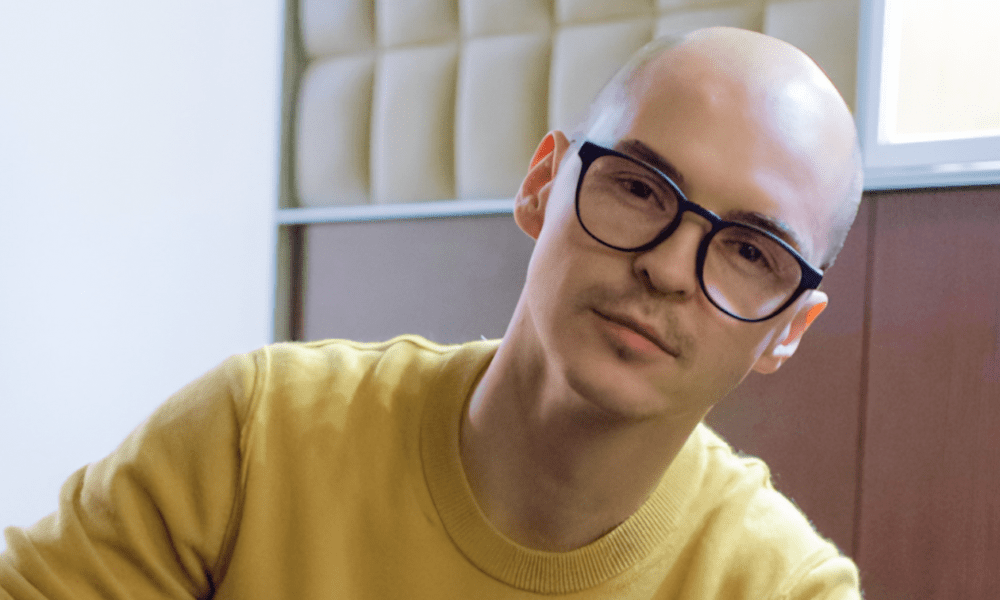The Evolution of Home Presentation
In the ever-changing real estate landscape, presentation has become one of the most powerful tools for maximizing property value. Buyers today are not only seeking functionality but also emotional connection and lifestyle appeal. Home staging bridges that gap by transforming ordinary spaces into aspirational ones. Through thoughtful design, lighting, and layout, staging influences perception and helps buyers envision a future within the property.
The year 2025 has brought new expectations to the housing market. With growing competition and tech-savvy audiences, visual storytelling has become essential. Virtual tours, social media marketing, and high-quality photography mean that staged homes must look flawless both in person and online. Professionals like Greylyn Wayne understand that modern staging techniques blend creativity, psychology, and strategy to achieve maximum impact.
Effective home staging is no longer limited to surface aesthetics. It has evolved into a holistic practice that integrates lifestyle trends, buyer psychology, and sustainability—all aimed at increasing perceived and actual property value.
Strategic Design for Target Buyers
Every home has an ideal audience, and successful staging begins with identifying it. A property in an urban setting may attract young professionals, while a suburban home might appeal to families. Understanding this demographic allows stagers to tailor every design choice accordingly.
For example, contemporary apartments benefit from minimalist design, neutral color palettes, and multifunctional furniture that highlight open space. Family homes, on the other hand, might showcase cozy seating areas, child-friendly spaces, and warm lighting to evoke comfort. These subtle details communicate lifestyle possibilities that align with buyer aspirations.
Home staging experts study market trends and adjust styles to reflect current preferences. The goal is not to impose a designer’s taste but to create a universally appealing environment where potential buyers can imagine themselves living effortlessly.
Incorporating Technology in Staging
Technology has become a key player in modern home staging. Virtual staging software now allows designers to digitally furnish empty properties, giving buyers a realistic sense of space before physical staging begins. 3D visualization tools and augmented reality apps let potential buyers interact with design elements, rearrange furniture virtually, and explore alternative layouts.
This integration of technology not only enhances marketing reach but also reduces costs and preparation time. Digital staging is particularly effective for online listings, where visual impact determines engagement. Once interest is generated, physical staging reinforces that appeal with tangible experience.
Greylyn Wayne utilizes these digital innovations to streamline the staging process, ensuring that every home presented aligns with both modern expectations and emotional resonance. The result is a seamless blend of virtual appeal and real-world charm.
Sustainability: The New Standard
Environmental awareness has become a defining theme in 2025’s design landscape. Sustainable home staging practices are now viewed as both ethical and marketable. Buyers increasingly seek eco-friendly homes, and staging that reflects these values creates a strong connection.
Eco-conscious staging incorporates elements such as energy-efficient lighting, reclaimed wood furniture, organic fabrics, and low-VOC paints. Plants also play a central role, adding natural texture while improving indoor air quality. Sustainable design not only benefits the environment but also conveys modern sophistication and responsibility—qualities that resonate deeply with today’s homebuyers.
Sustainability extends beyond materials. Stagers repurpose existing furniture when possible, reducing waste while maintaining style. This approach appeals to both environmentally minded clients and budget-conscious sellers, offering a win-win solution that enhances market perception.
Minimalism and Space Optimization
Minimalist design continues to dominate home staging trends because it promotes a sense of clarity and spaciousness. In a world where clutter can overwhelm both space and mind, simplicity communicates elegance and order.
The minimalist approach focuses on functional beauty—each item must serve a purpose. Clean lines, neutral tones, and carefully chosen accents allow architecture to shine. Strategic furniture placement enhances flow and highlights a property’s best features. Mirrors, for instance, can make smaller rooms appear larger, while soft rugs and layered lighting create warmth without visual clutter.
Home staging that embraces minimalism appeals broadly to buyers by creating mental ease. It removes distractions, allowing people to focus on potential rather than imperfection.
The Role of Color Psychology
Color remains a subtle yet powerful component of home staging. It shapes mood and influences perception more than most sellers realize. In 2025, design palettes lean toward earthy neutrals—beige, soft gray, sage green, and muted terracotta—creating a calm and timeless atmosphere.
These shades evoke natural comfort while complementing diverse architectural styles. Accent colors, used sparingly through décor or artwork, add character without overwhelming the space. The right color combinations make rooms appear brighter, cleaner, and more spacious—three qualities that directly increase appeal and, ultimately, value.
Buyers instinctively gravitate toward environments that feel balanced and inviting. Color harmony achieves that effect by engaging the senses in subtle but lasting ways.
Lighting as a Design Strategy
Lighting can transform how a property is perceived, both visually and emotionally. In staging, it is used not just for illumination but for storytelling. Natural light remains the most desirable element—large windows, open curtains, and reflective surfaces amplify brightness and positivity.
Layered lighting, including a mix of ambient, task, and accent lights, ensures flexibility and depth. Pendant lights above kitchen islands, floor lamps beside reading chairs, and subtle wall sconces create atmosphere and highlight focal points. Smart lighting systems that adjust brightness and warmth according to time of day are becoming increasingly popular among stagers and buyers alike.
Through these carefully curated lighting choices, homes exude warmth and sophistication, leaving lasting impressions during viewings and virtual tours alike.
Styling for Lifestyle Appeal
Home staging is about selling a lifestyle, not just a property. Every room should tell a subtle story of comfort, productivity, and aspiration. In 2025, lifestyle staging focuses on blending functionality with inspiration—spaces for remote work, wellness corners, and entertainment zones all reflect modern priorities.
The kitchen, often the emotional heart of a home, should be styled to convey gathering and creativity. Living areas benefit from cozy textures and layered tones that suggest relaxation. Outdoor spaces, too, hold growing importance as extensions of living environments, encouraging connection with nature.
Through mindful arrangement and attention to detail, Greylyn Wayne crafts spaces that resonate with how people want to live today. This narrative-driven approach transforms staged homes into dream homes, elevating perceived value and desirability.
The Measurable Impact of Home Staging
The financial benefits of home staging are well-documented. Studies consistently show that staged homes sell faster and command higher prices than unstaged counterparts. Buyers often perceive them as better maintained and more valuable. Staging also reduces the need for price reductions and accelerates decision-making by fostering emotional commitment.
Beyond measurable returns, staging improves the overall marketing presentation. Professional photographs, virtual tours, and open houses all benefit from well-staged interiors. The investment in design and preparation pays dividends through stronger offers and shorter market times.
Conclusion: Turning Vision into Value
Home staging in 2025 is a blend of creativity, psychology, and innovation. It transforms properties from listings into experiences that capture attention and emotion. Every detail, from color and lighting to layout and technology, contributes to a cohesive presentation that amplifies value.
By embracing modern techniques and sustainable practices, Greylyn Wayne demonstrates how thoughtful staging transforms not only the look of a home but also its market success. When presentation becomes purposeful, it creates a powerful bridge between imagination and investment—where beauty directly translates into value.
Read More From Techbullion

